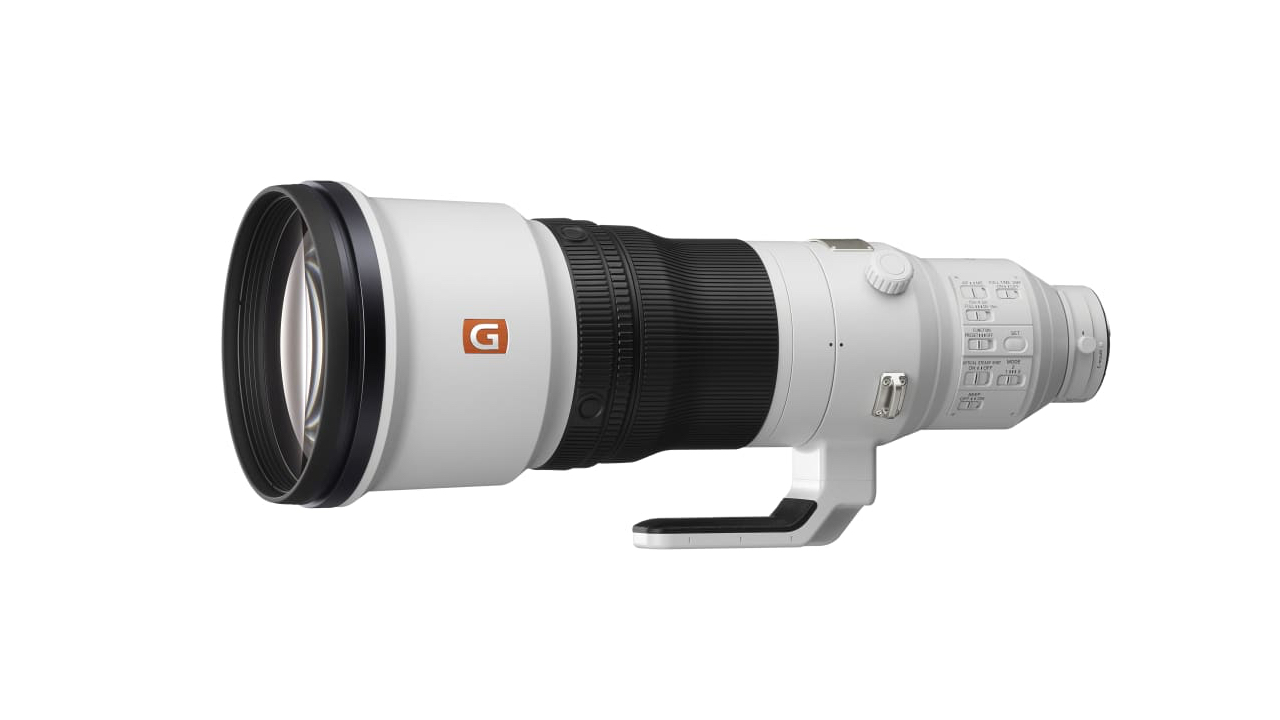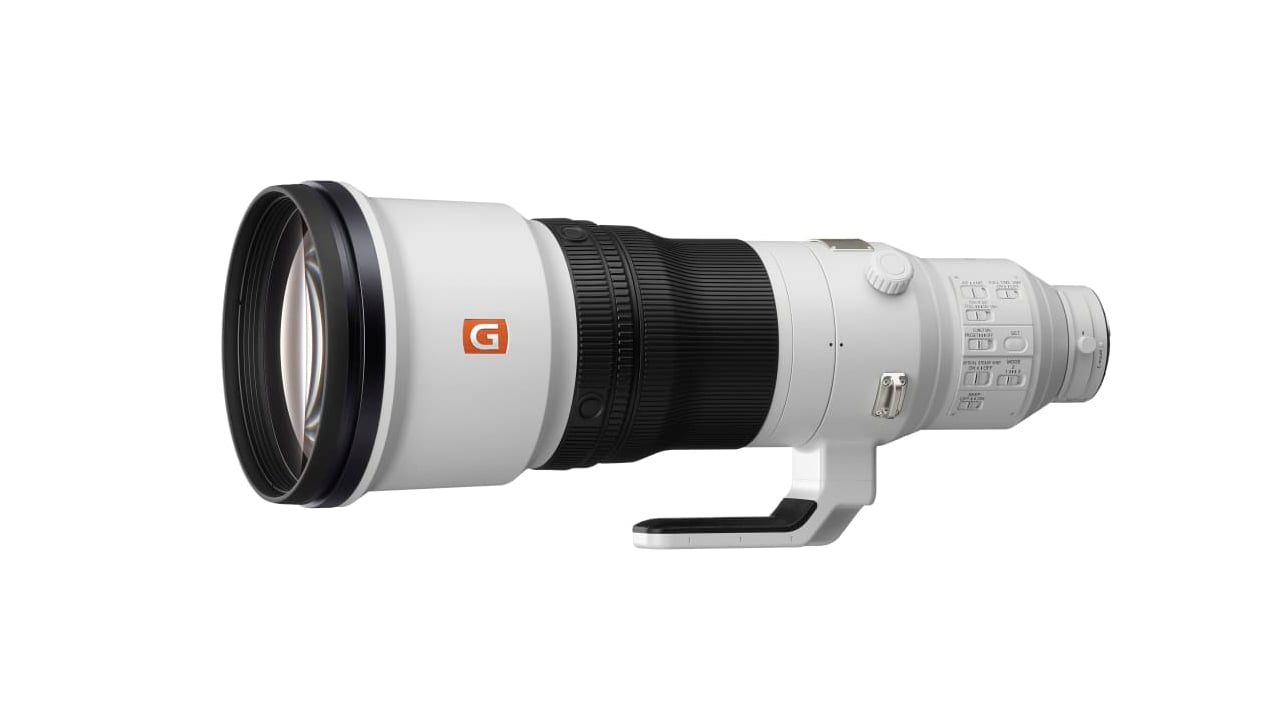
 The new high-end Super-Telephoto 600mm F4 G Master Prime
The new high-end Super-Telephoto 600mm F4 G Master Prime
Two new lenses from Sony means that the company’s E-mount lens line-up now includes an impressive 33 full-frame models and 51 lenses in total.
The latest lenses from Sony are both Super Telephotos with the same reach but are aimed at very different areas of the market: photographers with money and photographers with serious money.
First up is the new Super-Telephoto 600mm F4 G Master Prime, billed as both Sony’s longest reaching prime lens and the world’s lightest in its class. A mere 3040g (6.7lb) the new glass is based on tech from the company’s FE 400mm F2.8 GM OSS lens, and uses three fluorite elements, with a reduced number of elements deployed at the front of the barrel, and magnesium alloy throughout to help minimise weight and bulk.
It’s quick and features two XD Linear Motors to drive the lens focus group to provide fast AF and reliable subject tracking. The motors are supported by specially developed motion algorithms to minimise lag and instability, as well as to control noise levels for those all-important wildlife shots. An 11-blade circular aperture mechanism contributes to some high quality bokeh. Its optical design includes a large XA (extreme aspherical) and an ED (extra-low dispersion) element that suppress, in Sony’s words, “all common telephoto lens aberrations.” Those three fluorite elements help to minimise chromatic aberration and suppress colour bleeding. Sony's latest bokeh simulation technologies and XA element are also utilised to control spherical aberration and help achieve exquisite bokeh.
It includes built-in optical stabilisation and three different Mode settings, including one with an advanced algorithm that ensures easier framing when following moving subjects. It also has a potentially handy rear filter slot.
Price is around the $13,000 region.
The FE 200-600mm F5.6-6.3 G OSS Super-Telephoto Zoom Lens provides the same 600mm reach but at $11,000 less outlay. It’s compatible with the company’s 1.4x & 2.0x teleconverters (extending the reach to a maximum of 840mm at F9 or 1200mm at F13) and features the same 11-blade circular aperture. It uses Sony’s DDSSM (Direct Drive SSM) focusing system and has no rear filter slot.
Both lenses are scheduled to ship in August.
Tags: Production


Comments